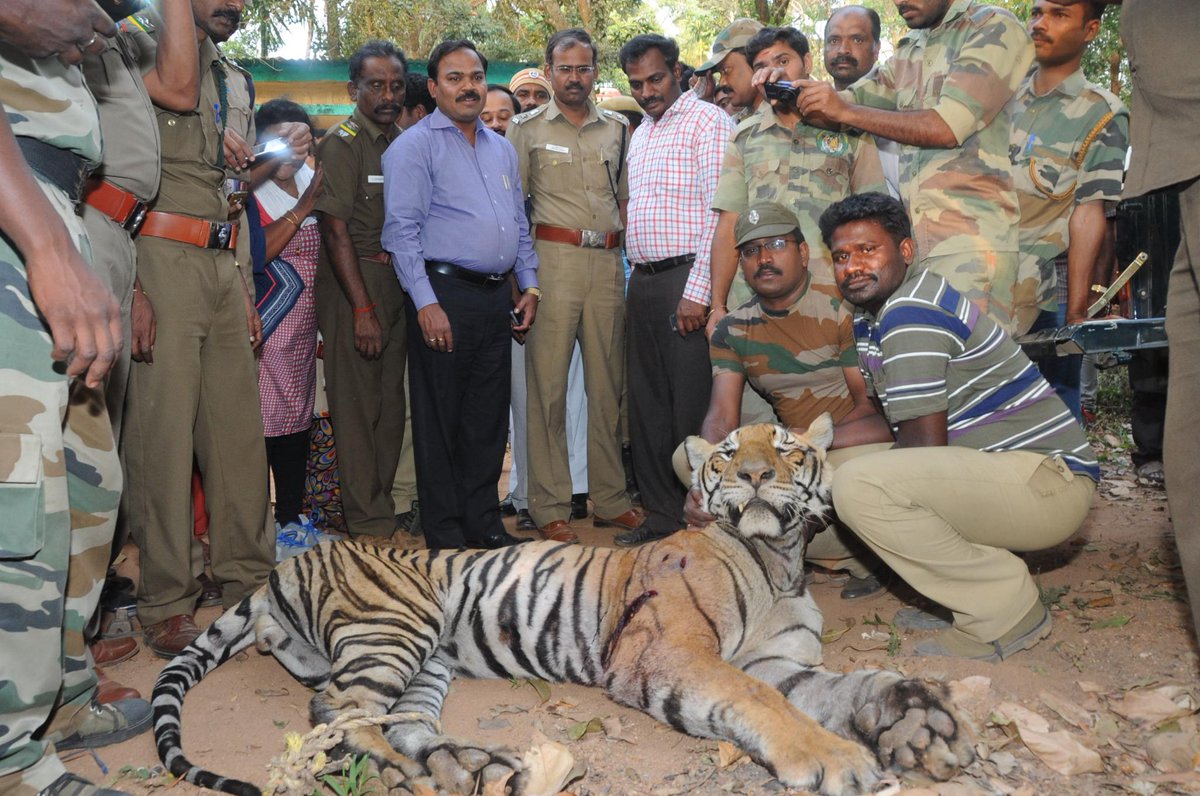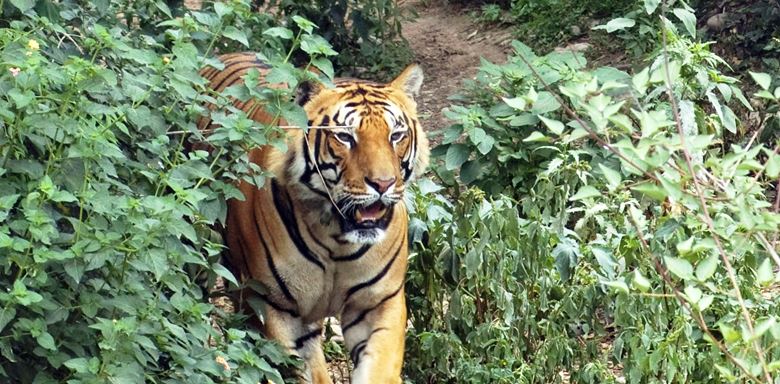DEVELOPMENT AND SUSTAINABILITY
The unprecedented scale of development has led to an accentuation in the number of human-tiger conflicts in the recent years impacting regions like Maharashtra’s Wardha and Vidharbha severely. This brings us face to face with the compelling challenges of growth, development and sustainability.
Ananya Pathak | The New Leam
The deforestation taking place on a massive scale in the country, the developmental projects that have led to unparalleled exploitation of natural resources and the massive expansion the real estate have meant that a large section of the wildlife population finds it extremely difficult to make two ends meet in terms of looking for shelter and finding food.

The natural habitats of the animal species are fast being reduced, directly impacting access to both habitation and food. This implies that the animals who earlier remained confined to forests are now venturing into localities that have human habitation.
The instances where wild animals have stepped into human habitations damaging both life and property have increased multi-fold in recent years. Attacks by wild animals like leopards/tigers are frequently reported from states like Uttarakhand where large scale developmental project have led to the displacement of animals who step into human habitats. Forest Department estimates that more than 300 people have died in Uttarakhand due to animal attacks in 2016.
In Maharashtra’s Vidharbha the on-going summer season has led to losses of several human lives due to the clash of humans and wild animals.
In Villages such as Amgaon that are near the Bor Tiger Reserve there is a constant anxiety among the residents that a tiger might attack them at any point in time. In Wardha district there is palpable anxiety and fear born out of the unpredictability of the tiger’s destruction. The people are afraid to go to their own fields because of the fear of the Tiger.
In the last several months many members of the village have lost their lives as they were working in their fields and a tiger attacked from behind. Vidharbha, located in the far eastern region of Maharashtra is home to five tiger reserves and sanctuaries.

Several of the instances where tigers attacked human beings took place outside the territory of the forest reserves. The issue of tigers attacking human beings was largely confined to areas around the Chandarpur Tadoba Andhari Tiger Reserve but now the problem has become widespread. In the Sindewahi, Chimur and Talodhi areas more than ten people have died and several have been injured in the recent months.
A large section of the attacks have taken place in fields, village fringes and village forest areas. The summers are an important cause for the aggravation in the human-tiger conflict.
The summer is the time when many persons living in the village go to the forest to collect Tendu leaves and tigers catch them in the forest. The summer means that the natural sources of food and prey are becoming scanty for tigers.
The human-tiger conflict is growing at an unparalleled scale in states like Uttarakhand and Maharashtra compelling us to redefine our relationship with nature in general and development in particular. The great number of lives that have been lost in the process of human-tiger conflict and the devastation that lack of natural habitats for wild animals causes is important for us to reflect upon.
[irp]














